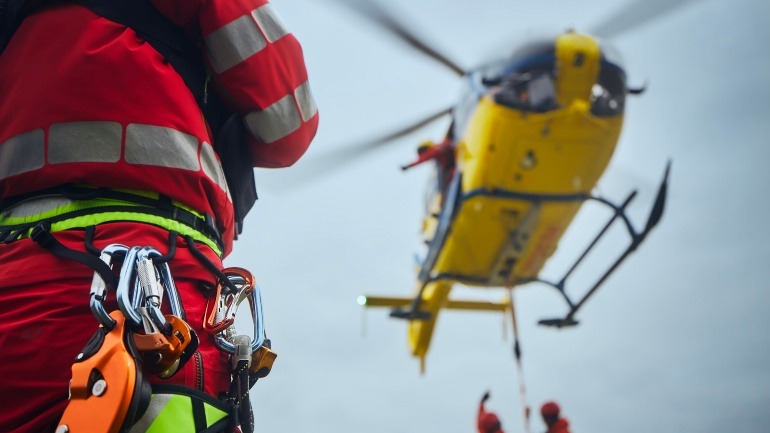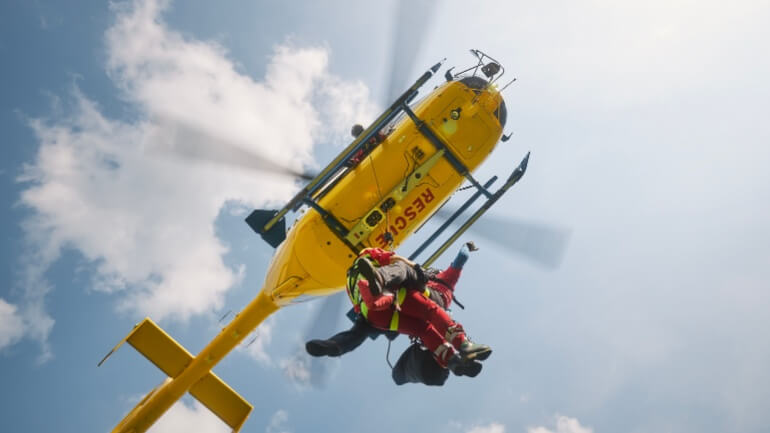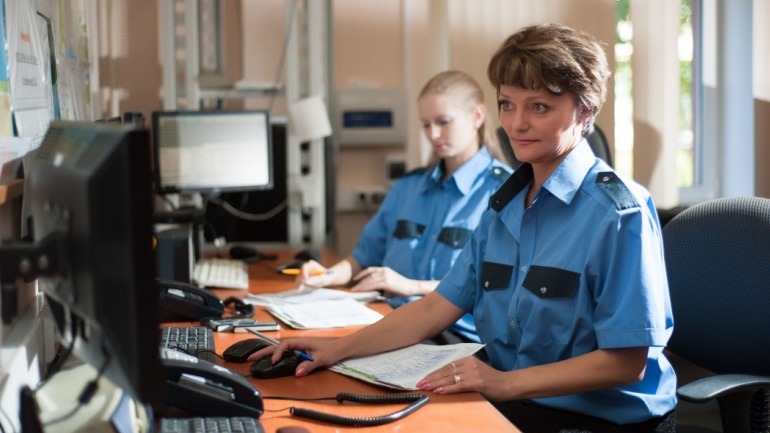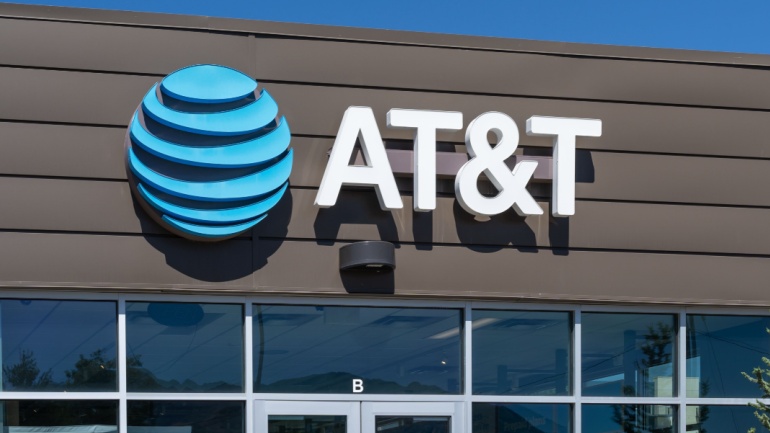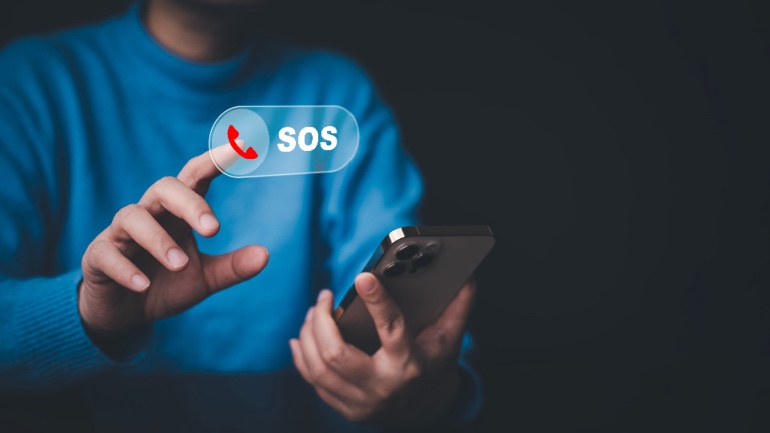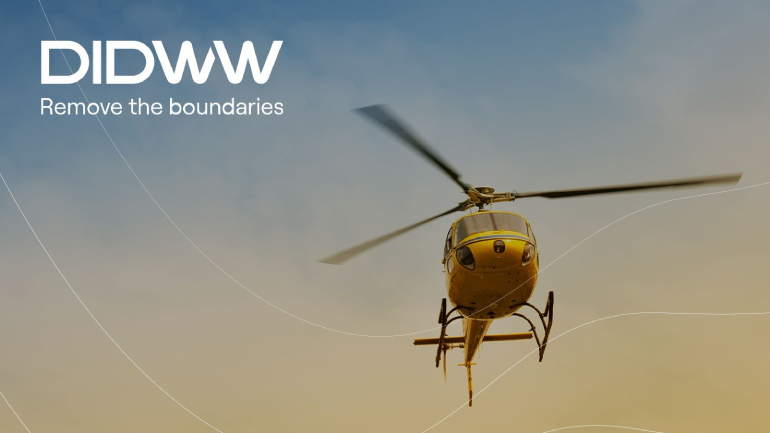Madrid is revolutionizing public safety by integrating advanced 5G capabilities into its emergency services. In collaboration with Orange and Ericsson, the city now boasts a dedicated 5G network slice for emergency responders. This ensures resilient, high-speed communication for police, fire, and medical teams, even amidst network congestion.
Orange Business has taken a leap forward by integrating OneWeb’s satellite technology into its SafetyCase communications system. This pioneering VOIP solution ensures rapid-response Wi-Fi during emergencies when conventional networks falter. By combining satellite and mobile technologies, SafetyCase provides reliable connectivity, especially for emergency services, enhancing communication infrastructure resilience globally.
Sinch is revolutionizing 911 emergency response with its PSAP Outage Services, a cutting-edge solution ensuring FCC compliance and seamless emergency communication. By automating PSAP notifications and providing up-to-date contact data, Sinch helps service providers quickly address 911 outages.
IBM and Samsung are poised to secure a £900 million contract for the UK’s Emergency Services Network, an essential move to modernize communication systems for emergency services. This development challenges BT’s previous dominance in the sector.
BT secures a £1.29 billion contract to enhance the UK’s Emergency Services Network (ESN), reinforcing its role in mobile services for emergency communications. Utilizing 4G, the ESN ensures seamless communication for police, fire, and ambulance services, even in remote areas.
AT&T has been fined $950,000 by the FCC for failing to deliver over 400 emergency 911 calls during a one-hour outage in August 2023. The incident, affecting multiple states, led to a compliance plan to improve reliability. The FCC continues to scrutinize similar failures, highlighting the importance of maintaining robust emergency call systems.
Skylo’s cutting-edge NTN connectivity enhances the Google Pixel 9 series, ensuring reliable emergency communication where terrestrial networks fail. For the first time, Pixel users can connect to emergency services via satellite. This collaborative innovation between Skylo and Google marks a new era in mobile connectivity, delivering essential support in remote areas.
NICE has expanded its collaboration with AT&T to boost the capabilities of emergency communications centers by developing a unified incident capture solution for AT&T NG9-1-1 technologies. Showcased at APCO 2024, this partnership aims to revolutionize public safety by enabling 9-1-1 centers to utilize real-time VoIP data for smarter decisions and improved response times.
Telekom Malaysia has won a $265 million contract with the Malaysian government to implement a next-generation 999 emergency response system. TM Technology Services will oversee the project, featuring digital maps, geolocation, and AI to improve response times. This new NG999 system is set to replace the current MERS999 next year.
DIDWW, a leading global telecoms provider specializing in two-way voice and SMS communications, has announced the latest coverage expansion of its emergency calling services. The Czech Republic, Switzerland, and Hong Kong are now included in the DIDWW SIP service, which extends the carrier’s emergency calling capabilities across 32 countries worldwide.



